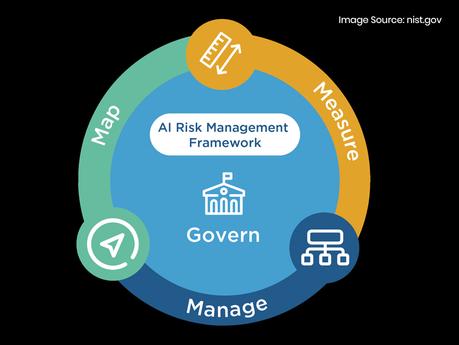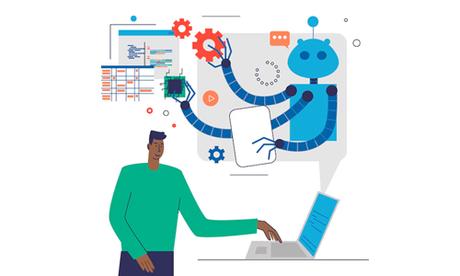
Cybersecurity
The rapid advancement of artificial intelligence (AI) has brought about unprecedented opportunities, but it has also highlighted potential risks. From biased algorithms to data privacy breaches, the challenges are manifold. Recognizing the need for robust AI security, the National Institute of Standards and Technology (NIST) has released a new tool designed to assess and mitigate these risks .
Understanding the Need for AI Testing
As AI systems become increasingly complex and integrated into critical infrastructure, the potential consequences of failures or malicious attacks grow exponentially. To address these concerns, it's imperative to have effective methods for evaluating AI model vulnerabilities. This is where NIST's new tool comes into play.
NIST's AI Model Risk Assessment Tool

NIST's tool is designed to help organizations identify and assess potential risks associated with their AI models. It provides a structured approach for evaluating various aspects of AI systems, including:
Data Quality
The tool can help identify biases, inconsistencies, and privacy concerns within the training data.
Model Robustness
It can assess the model's resilience to adversarial attacks, where malicious actors attempt to manipulate the model's output.
Fairness and Bias
The tool can help detect discriminatory patterns in the model's decision-making process.
Explainability
It can evaluate the model's ability to provide clear and understandable explanations for its outputs.
The tool can assess the model's vulnerability to attacks such as data poisoning, model stealing, and reverse engineering. By providing a comprehensive framework for AI risk assessment, NIST aims to empower organizations to build more trustworthy and reliable AI systems.
How the Tool Works
While specific details about the tool's functionality may be limited, we can infer its potential capabilities based on NIST's mission. The tool is likely to:
Provide a standardized methodology
Offer a consistent approach to AI risk assessment, enabling organizations to compare results across different models.
Offer automated analysis
Leverage machine learning techniques to efficiently identify potential risks and vulnerabilities.
Generate actionable insights
Provide clear recommendations for mitigating identified risks, helping organizations prioritize remediation efforts.
Support collaboration
Facilitate knowledge sharing and collaboration among AI developers and security experts.
The Impact on the AI Industry
The release of NIST's AI model risk assessment tool is expected to have a profound impact on the AI industry:
Increased AI Trustworthiness
By promoting rigorous testing and risk mitigation, the tool can help build public confidence in AI technologies.
Improved AI Governance
Organizations can use the tool to comply with emerging AI regulations and industry standards.
Enhanced AI Development Practices
The tool can encourage a more proactive approach to AI security, leading to the development of more robust and resilient AI systems.
Stimulation of AI Security Research
By providing a standardized framework for AI risk assessment, the tool can foster research and development in AI security.
Challenges and Opportunities
While NIST's tool is a significant step forward, challenges remain. AI is a rapidly evolving field, and new risks may emerge. Additionally, the effectiveness of the tool depends on its adoption by the industry. However, the potential benefits of widespread adoption are immense. By fostering a culture of AI safety and security, we can harness the power of AI while mitigating its risks. NIST's release of the AI model risk assessment tool marks a crucial milestone in the journey towards trustworthy AI. As the tool evolves and is adopted by the industry, we can expect to see a significant improvement in the safety and reliability of AI systems.

